Today, we are going to look at the Sony NW-WM1AM2 Walkman! This article will primarily discuss my impressions of the WM1A MK2 regarding build quality, look and feel, comfort, and sound quality when paired with a few different headphones and earphones, such as the Yamaha YH-5000, Meze Elite, DCA E3, and Sennheiser HD660s2 and HD650 headphones.
For earphones, I will listen to the Spirit Torino Twin Pulse Beryllium IEM and the Sennheiser IE200 for my sound impressions. With that said, let’s talk about the design, features, and tech specs!
The WM1A mark II has impressive features and tech for $1399.99! The biggest and best changes from the previous model are that the unit is now WiFi capable and uses the Android platform for the operating system.
These two changes make this unit a big step up in user experience compared to the original model. You can use either the Android 11 platform for the user interface or the built-in Sony UI if you are listening to the internal 128 GB of memory or a Micro SD, SDHC, or SDXC memory card in the Walkman with your own digital files.
The Android UI will be your go-to if you use streaming services like Tidal, Qobuz, or Roon ARC with those streaming platforms. There are some significant advantages to going the Android route, such as utilizing the Google Play Store for much more than just listening to music.
With the high-quality 5-inch HD touch screen and the ability to download popular streaming TV and movie platforms like Netflix, Prime Video, YouTube, Hulu, Disney +, and many more, the Walkman is a great portable way to consume video content with high-quality audio playback without having to use your phone if you have access to a Wi-Fi network.
The Android Google Play Store route does create a few issues on initial setup that are fixable but don’t make the user experience as good as it could be out of the box, such as having to log in to your Google account, forcing your Gmail into the mix.
Personally, I prefer not to view any email on the device, which distracts me from my musical escape experience. So, I promptly dug into the sound settings and turned on Do Not Disturb to rid myself of any annoying notifications. While you are there, don’t forget to turn on High-Res Streaming for the best audio quality.
The Google account security measure also requires you to set up and enter a 4-pin code to access the device. This code will lock the screen and require you to enter it again to unlock it after a few seconds.
Luckily, I found a great way to adjust this setting in the Security Screen Lock settings, specifically under Smart Lock. This setting allows me to set up trusted locations for access to the device, along with on-body detection that senses if the device is with you and moving so the screen does not lock you out every few seconds if you do not touch the screen.
Once that was set up, it was smooth sailing for me; however, depending on how and where you intend to use the Walkman and your security preferences, you may want to leave the full security features that come standard.
The setup is straightforward: you can easily use the WM1A Mark 2 if you have a smartphone. Using the Android 11 platform was a breeze even as an iPhone user. We won’t go through all of the device's features, as this would be a very long article if we did since the device is very feature-rich, but I will call out some of the coolest features of the Walkman.
Starting with a killer 10-band Equalizer that ranges from 31hz up to 16 kilohertz. The Equalizer is effective and straightforward, allowing you to save custom EQ presets for your favorite earphones and headphones.
Turning on Direct Mode will turn off the EQ settings and allow you to listen directly to the internal sound signature of the WM1A Mark II. Swiping to the next screen activates DSEE, also known as the Digital Sound Enhancement Engine. According to Sony, DSEE uses Artificial Intelligence algorithms to upscale compressed digital audio files in real-time.
According to Sony, the algorithm is constantly evolving and improving and is especially beneficial for lower resolution formats and CD-quality 16-bit lossless codecs restoring acoustic subtleties and dynamic range, which I did confirm improvements in sound during my listening tests.
The next feature is the DC Phase Linearizer, which, according to Sony, makes low-frequency phase characteristics more similar to those of a traditional analog amplifier. It is worth experimenting with different headphones to see if you like the change in sound. In my tests, it was a more subtle change than using the DSEE AI Engine, but it is a cool option.
Suppose you are listening to many playlists with tracks with different volume levels. In that case, you can turn on the Dynamic Normalizer feature to help minimize the volume differences between songs, but I generally leave this feature off.
The Vinyl Processor feature is pretty cool, and many listeners will love it. It creates a bit warmer and richer sound than the standard sound of the Walkman player. It even allows you to tweak the type of vinyl processing you want, from standard to arm resonance, turntable, and surface noise. It is worth experimenting with this feature with your headphones and earphones to see if it improves your listening experience.

The DSD Remastering mode is one of my favorites of all the internal listening modes. When turned on, all PCM signals are converted to DSD signals, and other sound adjustments such as EQ, the DSEE Engine, and the Vinyl Processor are not active. Still, many listeners, especially audiophiles and enthusiasts, will likely enjoy this setting.
Speaking of DSD, the device is also capable of up to 11.2 Mhz DSD native using balanced headphones and up to PCM 384kHz 32-bit, including MQA file playback. The WM1AM2 uses LDAC Sony’s premium wireless codec with three times the bitrate of the standard Bluetooth tech, and the Walkman also uses Bluetooth 5.0.
The power output isn’t too shabby for a portable device, outputting from .4-1.1mW at 32 ohms for both the 3.5mm headphone output and the Balanced 4.4mm Headphone output, making it very usable with many fantastic headphones and earphones.
However, there is another nifty little trick you can employ in the device's Sound Settings. When you turn on Hi-Gain mode, you can add an additional 60mw of output from the 3.5 mm output or an additional 250mw for the balanced 4.4mm output, which really is the sweet spot for the majority of reasonably efficient headphones and some planar magnetic headphones.
According to Sony, the WM1AM2 has a frequency response of 20-40,000 Hz from both the balanced and single-ended outputs. The Dimensions of the Walkman are about 3.17” wide by 5.62 inches high and .82 inches Deep, weighing about 299 grams. So, the device is thicker than most smartphones but slightly shorter than my iPhone.
The WM1AM2's battery life is impressive. When listened to out of the balanced and stereo mini jack, it can provide up to 40 hours of continuous playback for most MP3 files and FLAC 96kHz/24-bit.
For higher-resolution PCM and DSD files, battery life will dip. This varies depending on the file type, output jack, and whether the high-gain sound setting is turned on.
I think it’s safer and more honest to say that you will likely see between 10-30 hours of playback, depending on whether you are driving headphones or earphones or using music streaming apps, video apps, Bluetooth, and a combination of internal storage listening.
Even with those reduced playback times, the battery life is pretty solid. If battery life is the priority, you can always listen with easier-to-drive earphones or more efficient headphones, lock your screen when not needed, and listen to internal digital files without using WIFI or Bluetooth.
Let’s explore the physical build and some of the internal components the Sony Walkman uses a bit more before we get into my sound impressions.
The WM1AM2's chassis is made of Aluminum. Large, easy-to-use buttons on the right side of the Walkman are for Power on, which also doubles as a screen lock. Then, you have volume controls up and down, play and pause buttons, and track forward and back buttons.
On the opposite side, you have the memory card slot and the Hold slide button to prevent you from accidentally turning off the device or turning it up too loud while listening. On the top of the Walkman, you have the balanced 4.4mm output on the left and the 3.5mm Stereo single-ended output on the right, with nice rubber plastic caps to seal the outputs when not in use. Lastly, you have a USB-C port on the bottom for the included USB-C charging cable.
The WM1AM2 uses an S-Master digital Amplifier that reduces noise with excellent dynamics and detail reproduction. Using large, solid, high-polymer capacitors, the Walkman can quickly supply power and prevent sudden dips in voltage, contributing to the digital audio player's clean, punchy, and accurate sound quality.
Sony has made many fantastic design choices, such as the OFC milled block, which helps with the digital ground and improves noise shielding, and the use of Crystal Oscillators, which help to further reduce noise and improve instrument separation.
For the first time, Sony used reflow solder containing gold throughout portions of the Walkman's internals. According to Sony, this helped improve the localization of sounds and create a wider sound space. Honestly, there are just too many features and superb design choices Sony made for this device to mention in this article without it being very long in length.
So, I will refer you to the links on the images in the this article, where you can learn more or make a purchase. Of course, you can always message us directly through our website or give us a call.
So, let’s get into my sound impressions! I would describe the sound of the WM1A Mark2 when the Digital Sound Enhancement Engine or DSD mode is active as a very fun and engaging listen.
I don’t find that the Walkman creates an analytical listening experience, never overly emphasizing the treble region or sounding overcooked in any one area. For instance, if my Chord Gear in-house is what I would call neutral analytical, I would say the WM1AM2 is neutral warm-leaning.
I find that with the majority of headphones and earphones, I have in-house, the WM1AM2 is plenty detailed and dynamic for a thoroughly enjoyable listening experience. Regardless of the stock sound, the built-in EQ features of the Walkman are designed to allow you to alter the sound to personal preferences, so really, it is probably more important to discuss how well it can drive the different headphones and if the player has a quiet noise floor when paired with earphones.
Starting with my Flagship reference, Yamaha YH-5000 open-back headphones. The Yamaha headphones are pretty good at transparency and displaying the characteristics of AMPS and DACS.
I found the YH5K headphones much more enjoyable when paired with the WM1AM2 than my more analytical-sounding Chord Hugo 2, which can shine more of a light on those headphones' somewhat peaky treble presence with the leather pads. This is just the case with the Hugo 2 and Chord TT2 on filter 1 or 2.
My preferred method of listening was from the 4.4mm output with the YH-5000 headphones with high-gain enabled. This was the sweet spot of delivering enough current and power for those headphones to sound their best.
The next set of headphones I listened to was the open-back Meze Elite headphones, which are more efficient than the Yamaha headphones, so there are no issues with being able to drive them.
The Meze Elite is warmer sounding than the Yamaha headphones, so depending on your preferences, some EQ may be desired with this pairing. I found the pairing to be engaging and a smooth listen that presents plenty of detail and hard-hitting bass.
Again, I preferred the 4.4mm output with the Meze Elite; however, High Gain isn’t necessary, but you can play around with that setting to see if you prefer the sound more with high-gain active.
The next set of headphones I listened to were the DCA E3 closed-back headphones. The E3 and the WM1AM2 are a good match sonically, as the E3 emphasizes the treble and upper mid-range, whereas the Walkman has a neutral, warm character that creates a good synergy.
However, the big issue with this pairing for some listeners could be that the WM1AM2 just doesn’t have enough power and likely current output to drive the E3 headphones to their full potential.
I had to take the Walkman to nearly full power on the balanced 4.4mm output to get similar listening levels to the Yamaha or Meze headphones. When paired with the WM1AM2, the E3 is still a bit quieter and less dynamic sounding than the other two headphones.
So, this pairing may challenge some listeners who like to listen loud, as the less efficient DCA E3 headphones need more power and current than the other two headphones. I still think the combo is worth trying if you listen at reasonable volume levels. I like the pairing sound synergy-wise; they balance each other nicely, especially using a bit of EQ to pull back on the upper mids and treble of the E3 for my preferences.
The following two headphones I listened to were the Sennheiser HD650 and 660S2. Driving both headphones out of the 4.4mm output allowed plenty of volume, power, and drive. Both Sennheiser headphones sounded great with the Walkman, which allowed me, as the listener, to melt into the music and enjoy my listening experience while still having solid detail reproduction.
While I prefer both Sennheiser’s off-tube or tube hybrid amps to help with sound stage presentation, the pairing of the Walkman with those headphones was pretty stellar for a portable DAP.
Lastly, I listened with the two earphones I currently have in-house, the Spirit Torino Twin Pulse Beryllium IEM and the Sennheiser IE200. While I will always be a headphone listener over an earphone listener, both earphones, when paired with the WM1AM2, had no audible noise floor or issues driving them even from the unbalanced 3.5mm output.
So, let’s wrap up. If you are looking for a portable digital audio player with a very enjoyable sound signature, abundant features, and superb build quality, the $1400 Sony WM1AM2 Walkman is worth listening to at your local dealer or upcoming CanJam to see if you enjoy it with your favorite pair of headphones or earphones.
So, let’s start the conversations in the article comments on what you think of this Sony Walkman! Until next time, friends, remember, let the music be your guide!

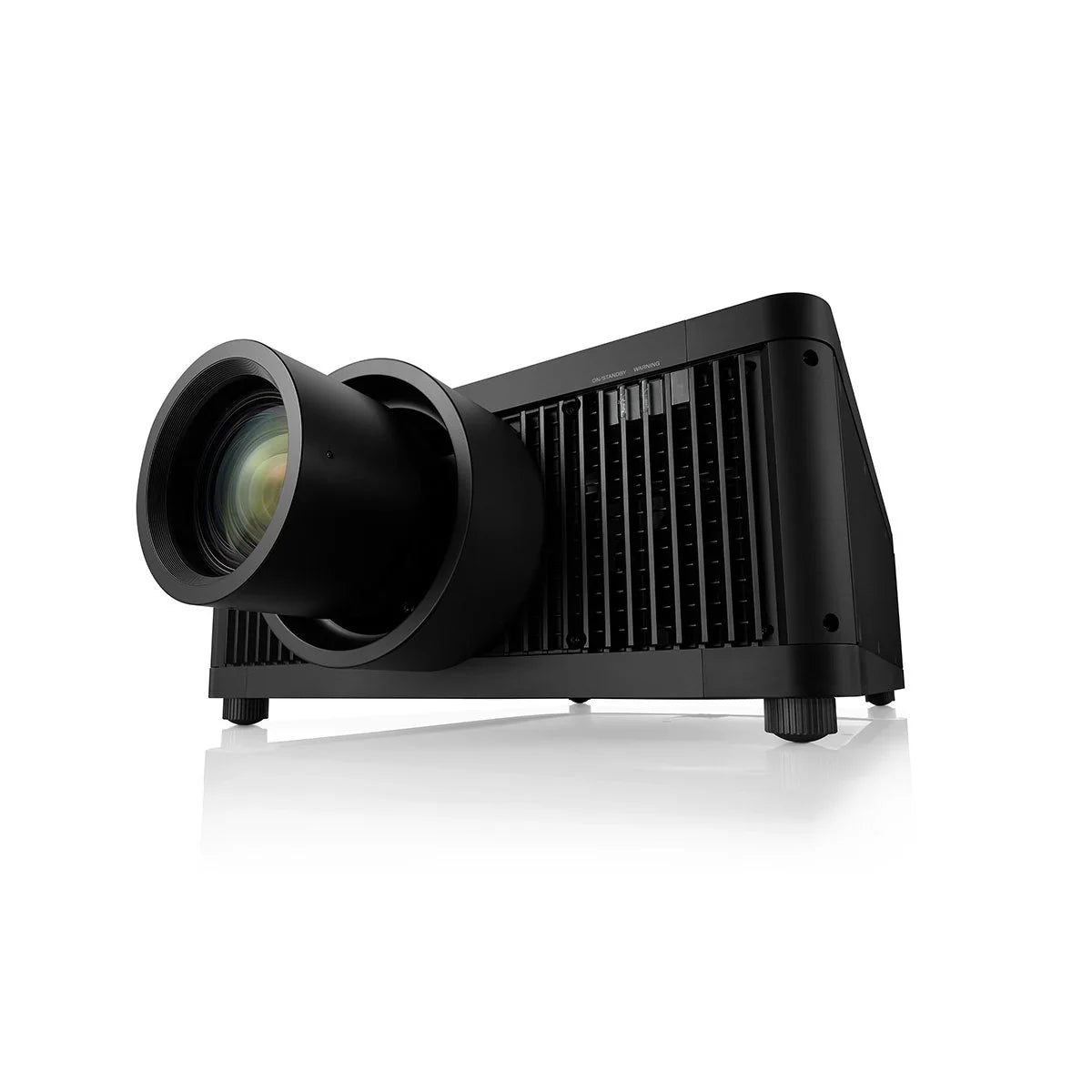
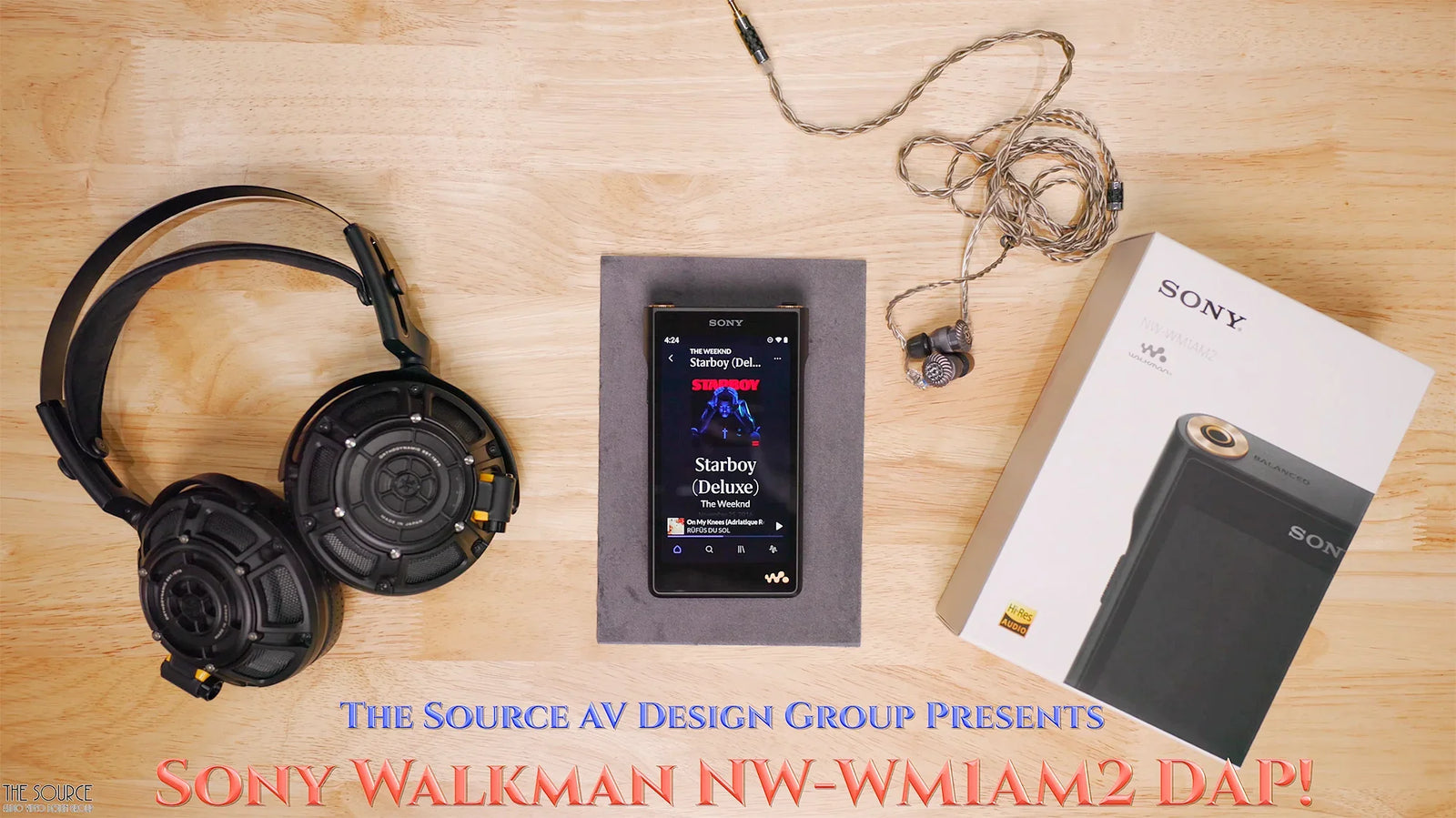








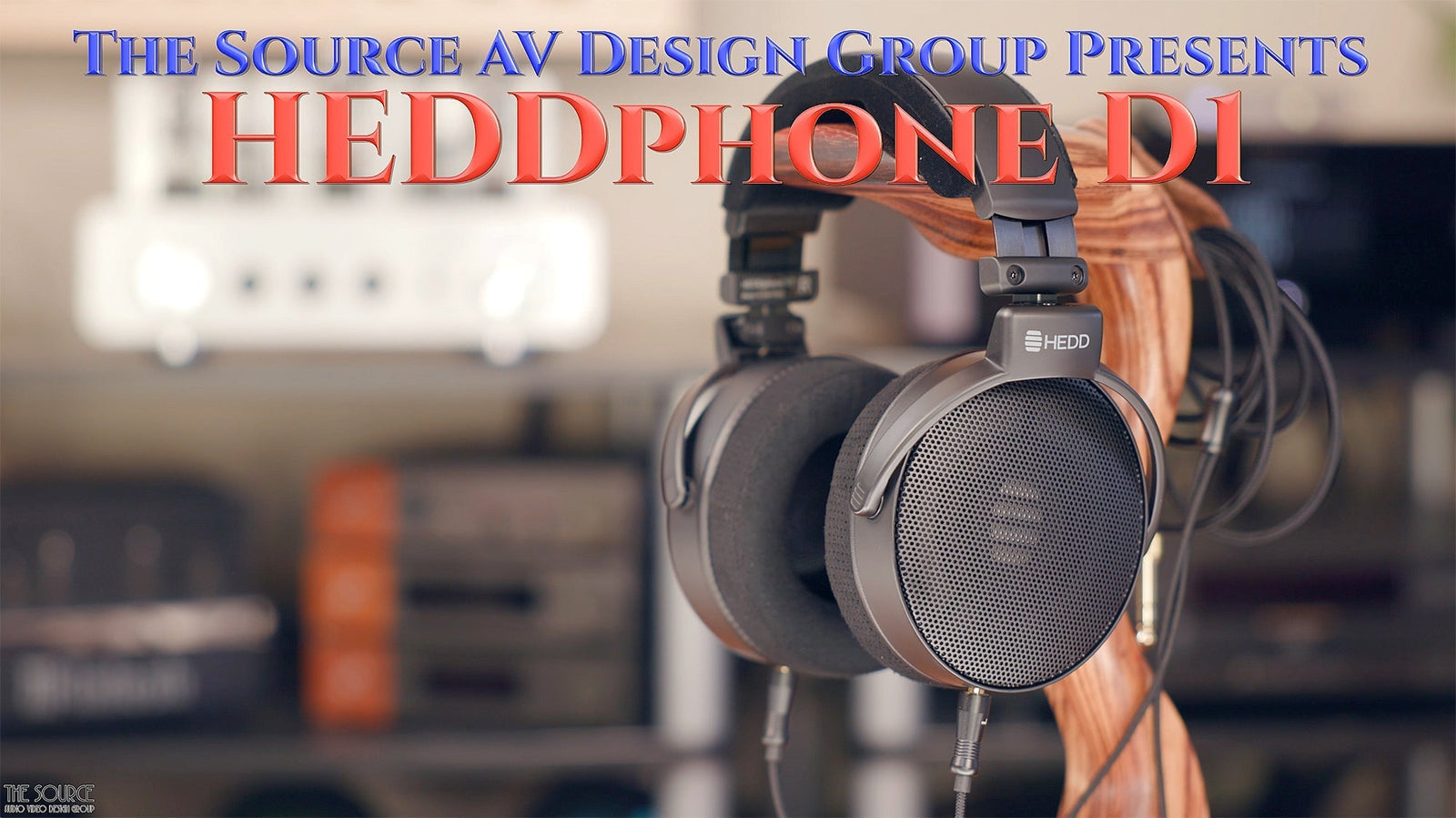
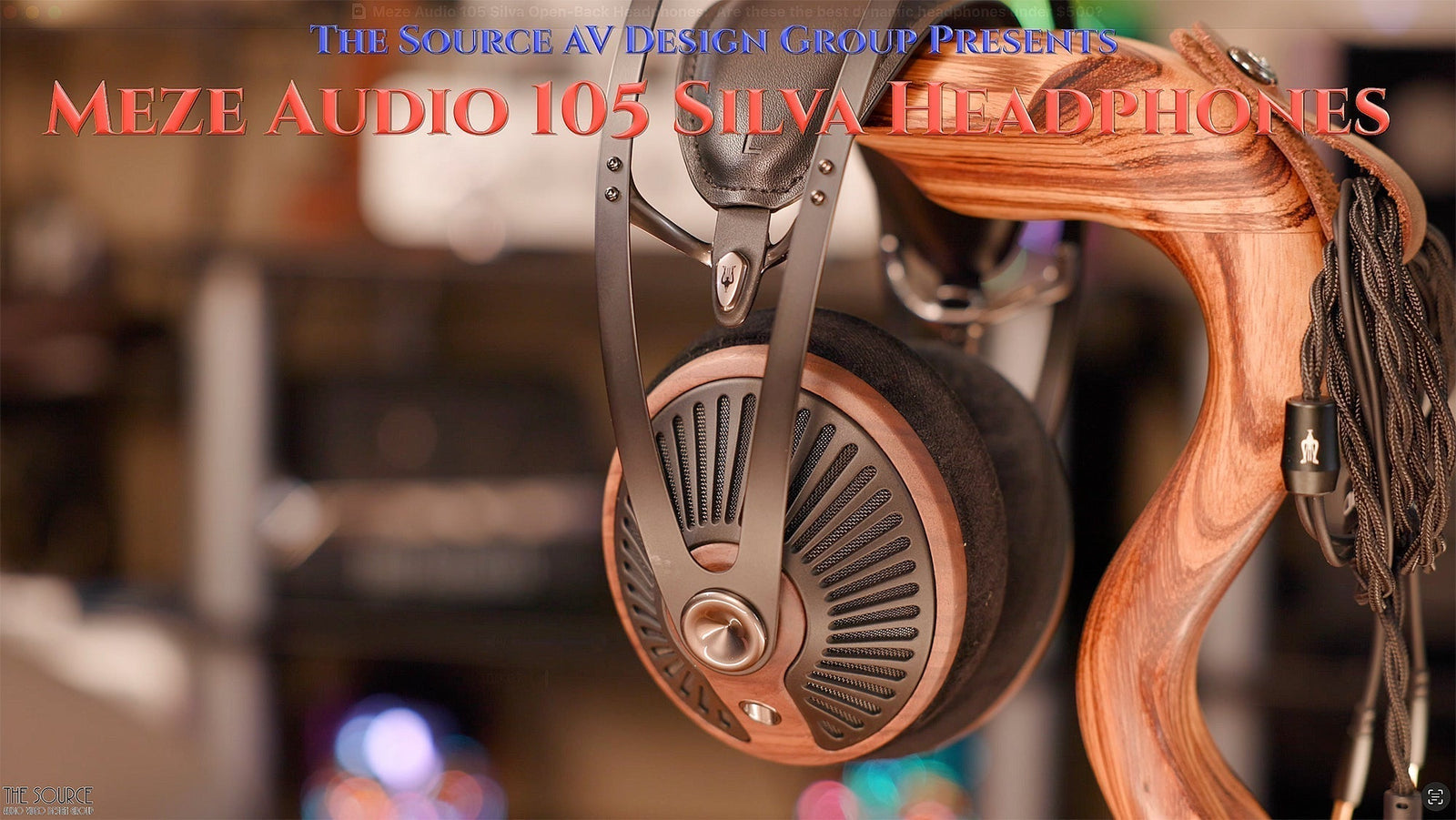
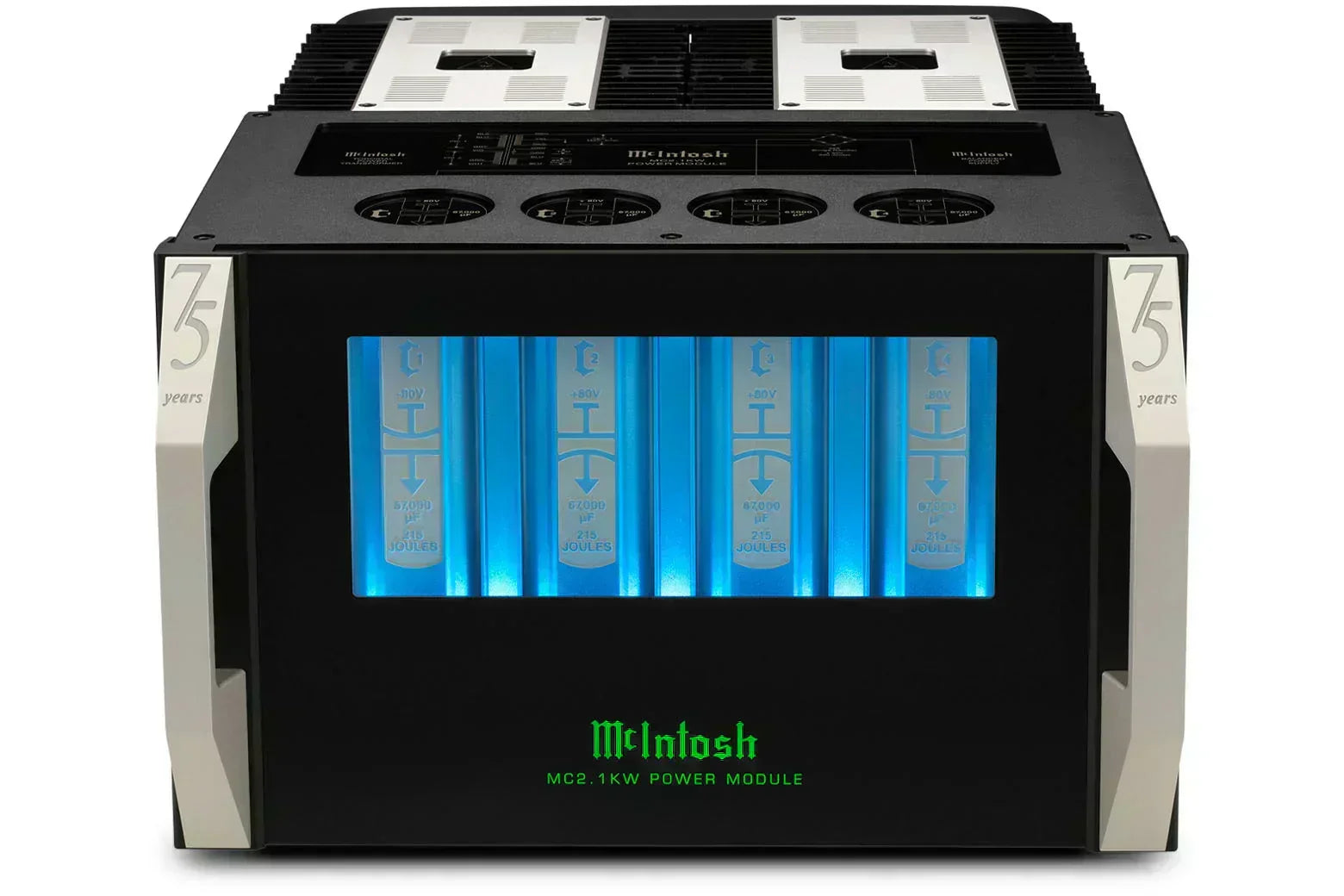
Leave a comment (all fields required)